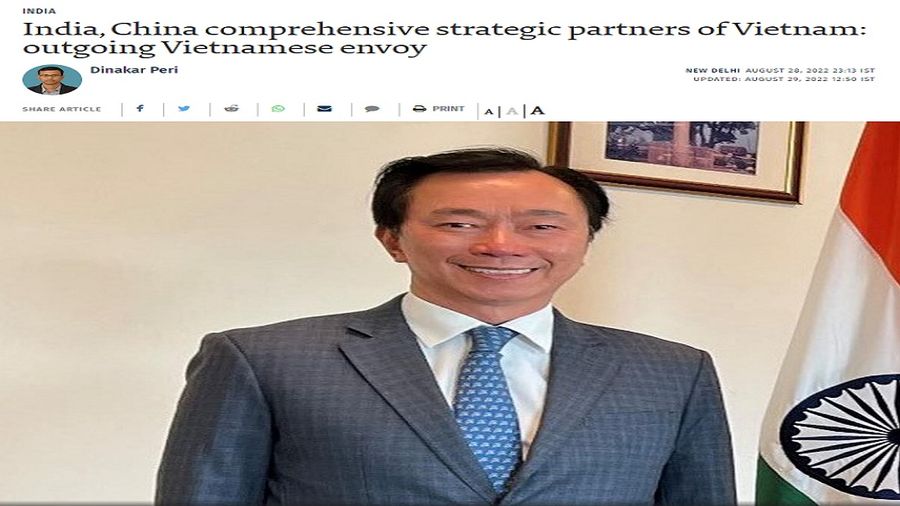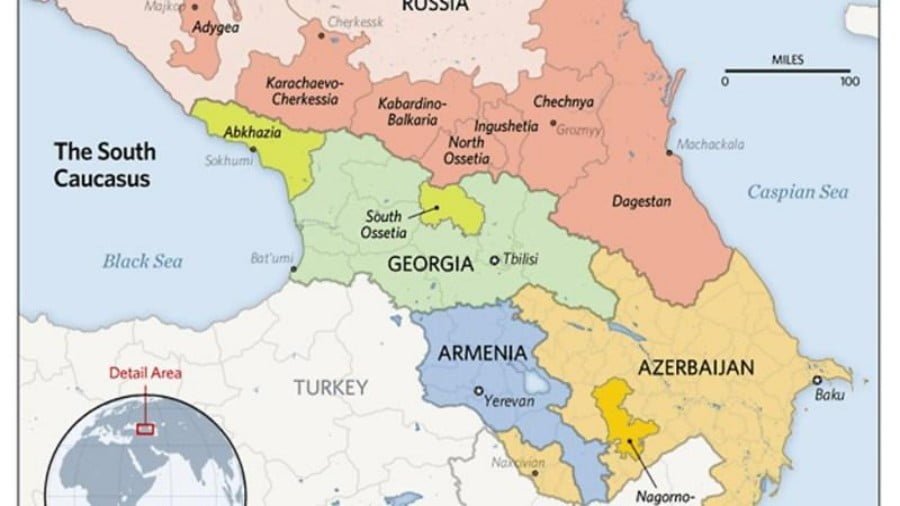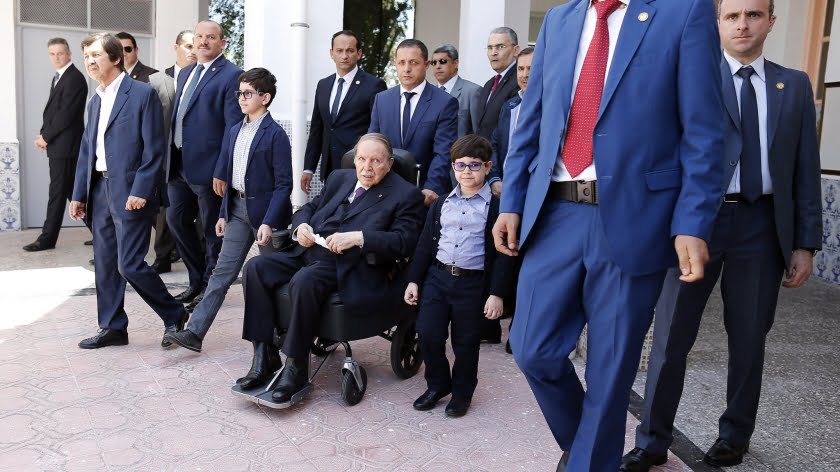Vietnam’s Outgoing Envoy to India Shared Some Insight Into His Country’s Multipolar Strategy
Vietnamese-Indian relations remain an important axis of South-South cooperation that deserves to be followed more closely by intrepid observers going forward since these two states are crucial regional nodes of the emerging new Non-Aligned Movement (“Neo-NAM”) that’ll come to play a greater role in the future.
Vietnam doesn’t usually come to mind right away when one thinks about the global systemic transition to multipolarity since the countries comprising the Russia-India-China (RIC) framework tend to be the first states that most folks associate with these complex processes, but that Southeast Asian country deserves a lot more attention from observers than it’s hitherto received. Its outgoing envoy to India shared some strategic insight into his country’s multipolar strategy, which helps interested observers better understand the role of comparatively medium-sized states in this ongoing transition.
Before beginning, it’s important to cite some of the author’s prior works about Vietnam:
* 1 December 2021: “The Russian-Vietnamese Strategic Partnership Advances Moscow’s Greater Eurasian Vision”
* 6 December 2021: “Korybko To Vietnamese Media: Strategic Ties With Russia Stabilize The Region”
* 14 March 2022: “Korybko To Vietnamese Media: The Multipolar World Order Is Taking Shape”
* 14 May 2022: “Interpreting The Vietnamese Ambassador To India’s Remark About Defense & Nuclear Energy Co-Op”
* 6 July 2022: “Russian-Vietnamese Relations Are A Model For Cooperation Between Big & Medium Countries”
These pieces provide the context within which the outgoing envoy shared his insight with Indian media.
To summarize for those who don’t have the time to read or even just simply skim through them all, Vietnam practices a similar multi-alignment policy as India does whereby it seeks to carefully balance between all Great Powers amidst the global systemic transition to multipolarity. It’s equally close with Russia and the US, just like it shares the same such relations with China and India, despite both pairs being enemies and rivals of one another respectively. Vietnam’s grand strategic goal is therefore to derive benefits from both the US-led West’s Golden Billion and the BRICS-led Global South.
It’s with this earlier cited context and aforementioned motivation in mind that one can better understand the insight that was just shared by outgoing Vietnamese Ambassador to India Pham Sanh Chau. This ASEAN state’s top diplomat in that country touched upon the direct flights between those two that he helped pioneer in 2019 and which recently resumed this year u birder to show how close their societies are becoming. Mr. Pham also pointed out how their land and naval forces started training with one another under his tenure, which he described as a major strategic achievement.
On that topic, the outgoing Vietnamese Ambassador was optimistic that India will soon scale up the $100 million line of credit that it extended to his country’s armed forces during his time of service by a factor of five to bring it to a whopping half a billion dollars in the coming future. This will complement their close coordination in international fora like the UN, which Mr. Pham said also extends to sensitive issues like the latest phase of the Ukrainian Conflict. In his view, their complementary positions are due to them “share[ing] the same position, what we call the middle path.. or as we call the Buddha path.”
This is a clear reference to their policy of principled neutrality towards the New Cold War, which they’re both pursuing in order to maximize their strategic autonomy vis a vis this global competition’s top players all the while deriving benefits from each bloc. India’s already wildly succeeded in this respect by coming to play an irreplaceable role in the global systemic transition to multipolarity, but comparatively medium-sized countries like Vietnam also have important roles to play too, especially since that particular state is located in the heart of the ASEAN region within which global processes are converging.
In fact, Vietnam is integral to the success of the Indo-Pacific dimension of India’s dual-tripolarity grand strategy that readers can learn more about by clicking the preceding hyperlink to review the author’s relevant piece on that topic that he published at a top Russian think tank earlier this summer. For as close as Vietnam is becoming to India and in spite of those two’s shared goals of pioneering a new Non-Aligned Movement (“Neo-NAM”) together with likeminded neutral states in order to more effectively balance between the American and Chinese superpowers, Vietnam is also very close to China too.
The outgoing envoy of course didn’t elaborate too much on that dimension of his medium power’s grand strategy since he’s the Ambassador to India, was speaking to his host’s media, and obviously doesn’t specialize in that topic, but it’s still important that he reminded everyone during his interview that “We don’t tend to go with India in order to fight against China. We don’t take a side, no zero sum game. We take the side of peace, the side of international law. India and China are all our good friends. They are both our strategic, comprehensive partners.”
That policy statement can be interpreted as a timely reminder of Vietnam’s principled neutrality not only towards the Ukrainian Conflict, but also towards the Chinese-Indian rivalry, which has thus far thankfully remained manageable except for their brief but deadly clashes over the Galwan River Valley in summer 2020. Just like India, Vietnam is also embroiled in a fierce territorial dispute with China, albeit over maritime claims instead of mainland ones. Nevertheless, it too is seeking to peacefully, politically, and pragmatically resolve this issue despite tangible progress still remaining elusive for the time being.
Nevertheless, the point is that Vietnam isn’t interested in playing India off against China, nor in exploiting its own increasingly strategic relations with the Golden Billion’s American leader as military-strategic leverage against the People’s Republic. Rather, all that this influential ASEAN state is doing is multi-aligning between relevant Great Powers in the New Cold War while remaining neutral in their disputes. It’ll never take one’s side over the other as evidenced by its principled neutrality towards the Ukrainian Conflict and consequent reaffirmation of its strategic relations with Russia.
To conclude, Mr. Pham’s latest and potentially last interview with Indian media concisely summarized the strategic achievements that he oversaw in bilateral relations during his tenure while also shedding light on his country’s multipolar strategy more broadly, especially in the context of the ongoing global systemic transition. Vietnamese-Indian relations remain an important axis of South-South cooperation that deserves to be followed more closely by intrepid observers going forward since these two states are crucial regional nodes of the emerging Neo-NAM that’ll come to play a greater role in the future.







